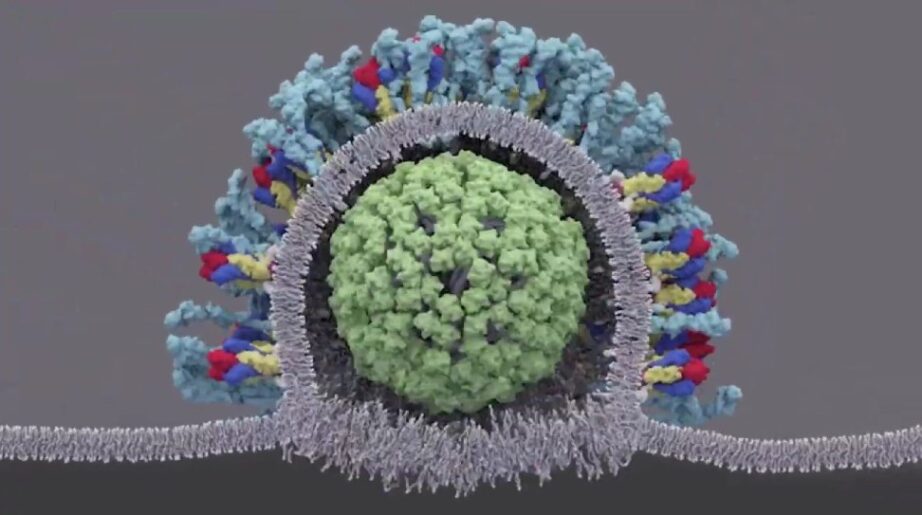Max66, Arsgroup777, ARS Group Exchange: BioArt and scientific illustration both bridge the gap between science and art, offering unique perspectives on the natural world. BioArt, a relatively new field, explores the intersections of biology, technology, and creativity to push the boundaries of traditional art forms. Artists working in BioArt often use living organisms, genetic material, or scientific concepts as their medium, resulting in thought-provoking and visually stunning pieces that challenge our understanding of life and its processes.
On the other hand, scientific illustration has a long history dating back to ancient times when detailed drawings were used to document discoveries and observations in the natural world. Scientific illustrators are skilled in accurately representing anatomical structures, species, and scientific processes with precision and clarity. Their work plays a crucial role in scientific communication, helping researchers and educators convey complex ideas in a visually accessible way.
� BioArt and scientific illustration both bridge the gap between science and art
� BioArt explores intersections of biology, technology, and creativity
� Artists in BioArt use living organisms, genetic material, or scientific concepts as their medium
� Scientific illustration has a long history dating back to ancient times
� Scientific illustrators accurately represent anatomical structures, species, and scientific processes with precision
History of BioArt and Scientific Illustration
BioArt has a rich history that dates back to ancient times, with early civilizations depicting plants and animals in their artwork for both aesthetic and educational purposes. Scientific illustration, on the other hand, became more prominent during the Renaissance period when artists began accurately depicting botanical specimens and anatomical details, paving the way for the intersection of art and science.
Throughout the centuries, advancements in technology and scientific understanding have played a significant role in shaping the evolution of both BioArt and scientific illustration. From the detailed anatomical drawings of Leonardo da Vinci to the intricate botanical illustrations of Maria Sibylla Merian, these disciplines have continued to merge artistry with scientific accuracy, providing invaluable visual representations of the natural world.
Key Differences between BioArt and Scientific Illustration
Ars247, Wazeerexch, Peachexch: BioArt and scientific illustration are both intricate forms of art that visually represent scientific concepts, but they differ in their primary objectives. BioArt typically focuses on the intersection of art and biology, aiming to evoke emotions, provoke thoughts, or spark discussions about ethical or societal implications of biotechnological advancements. On the other hand, scientific illustration is primarily concerned with accuracy and clarity in visually communicating scientific information, often used in textbooks, research papers, and educational materials.
In terms of artistic techniques, BioArt often incorporates more abstract or surreal elements, blurring the lines between art and science to create thought-provoking pieces. In contrast, scientific illustration tends to prioritize precise rendering of anatomical structures, biological processes, or natural phenomena with a high degree of accuracy and detail. While both forms of art require a deep understanding of scientific concepts, BioArt leans towards interpretation and creativity, whereas scientific illustration emphasizes faithful representation and educational value.
What is BioArt?
BioArt is a form of art that utilizes biological materials, living organisms, and scientific processes to create artwork that explores the intersection of art and science.
What is Scientific Illustration?
Scientific illustration is a visual representation of scientific concepts, data, and research findings. It often involves creating detailed and accurate drawings or diagrams to convey scientific information.
What is the history of BioArt and Scientific Illustration?
BioArt has its roots in the late 20th century, emerging as artists began incorporating biological materials and processes into their work. Scientific illustration, on the other hand, has a long history dating back to the Renaissance when artists like Leonardo da Vinci used their artistic skills to document and study the natural world.
What are the key differences between BioArt and Scientific Illustration?
One key difference is that BioArt is primarily focused on artistic expression and exploration, while scientific illustration is more focused on accurately representing scientific information. Additionally, BioArt often involves the use of living organisms or biological materials, whereas scientific illustration typically uses digital or traditional media to create detailed and precise drawings.
Additional:
- What Time Does Popeyes Open?
- Where Is Costco Opening New Stores In 2024?
- Trader Joe’s Hours – Locations, Opening And Closing Time

